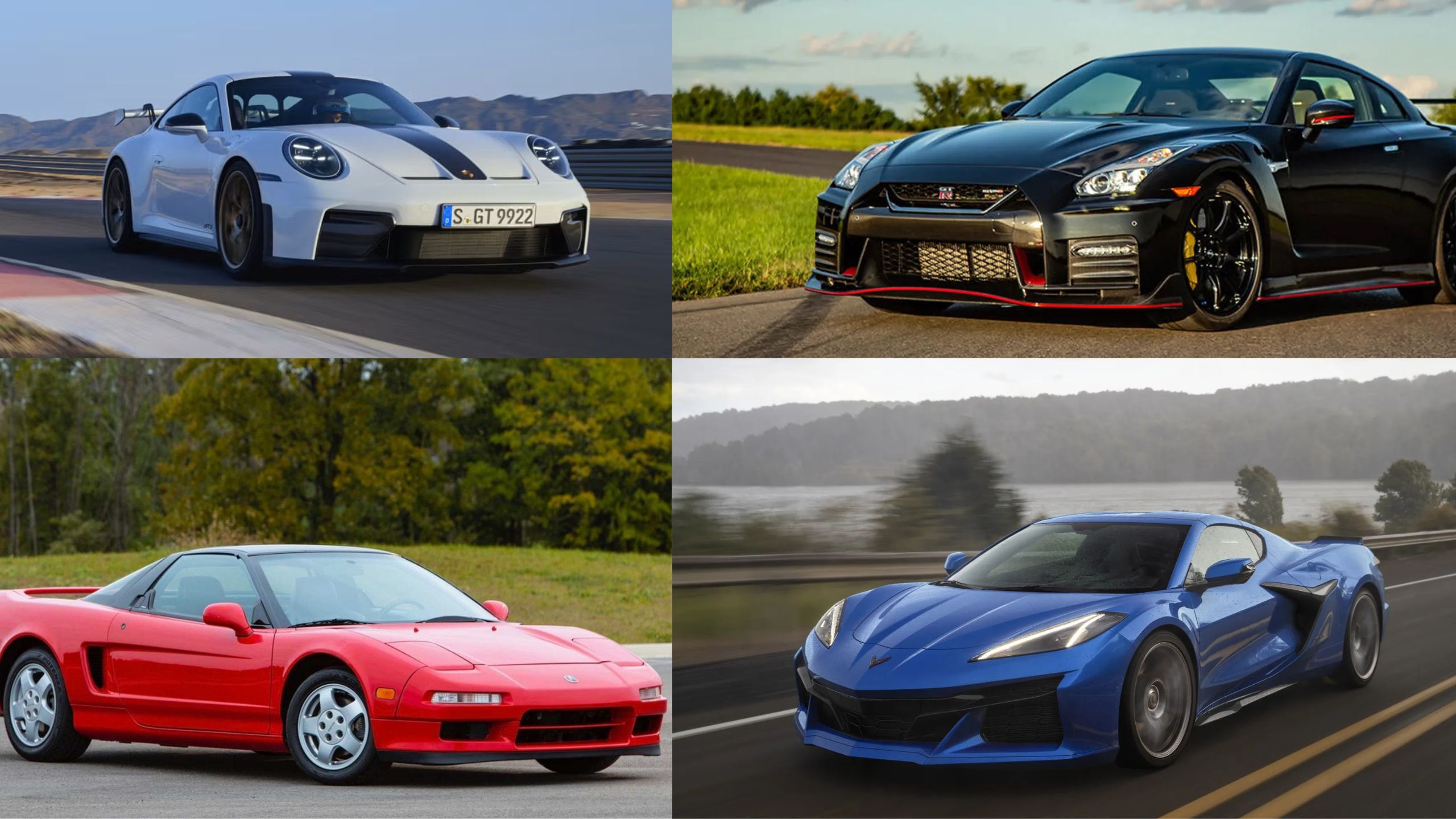For supercar collectors, finding the right insurance is a delicate balance between protecting valuable assets and managing costs.
While these high-performance vehicles typically command premium insurance rates due to their exceptional value, repair costs, and performance capabilities, certain models offer surprisingly favorable insurance terms.
Insurance companies consider factors like safety features, repair costs, theft rates, and historical claim data when setting premiums.
Some supercars have established track records of reliability, accessible parts networks, or lower accident rates that translate to more attractive insurance options.
Additionally, specialized collector car insurance providers often offer agreed-value policies, limited-use discounts, and package deals that can significantly reduce costs for well-maintained classics and modern exotics.
This list explores ten supercars that consistently receive more favorable insurance treatment, making them smart additions to any collection from both a passion and practical perspective.
1. Porsche 911 GT3
The Porsche 911 GT3 represents a sweet spot in the supercar insurance market, offering favorable rates that might surprise potential owners.
This track-focused variant of the iconic 911 benefits from Porsche’s legendary reliability and a vast global dealer network that simplifies repairs and parts sourcing.
Insurance providers appreciate that despite its impressive performance credentials including a naturally aspirated flat-six engine producing over 500 horsepower and track-ready aerodynamics the GT3 incorporates sophisticated driver assistance systems and stability controls that mitigate risk.
Collector-specific insurers particularly value the GT3’s historically strong residual values, which have seen certain model years appreciate rather than depreciate.
This stability reduces the financial exposure for insurers in total loss scenarios. The car’s dual-purpose nature also works in the owner’s favor; while capably serving as a dedicated track tool, it remains civilized enough for occasional road use, qualifying for limited-mileage policies that substantially reduce premiums.
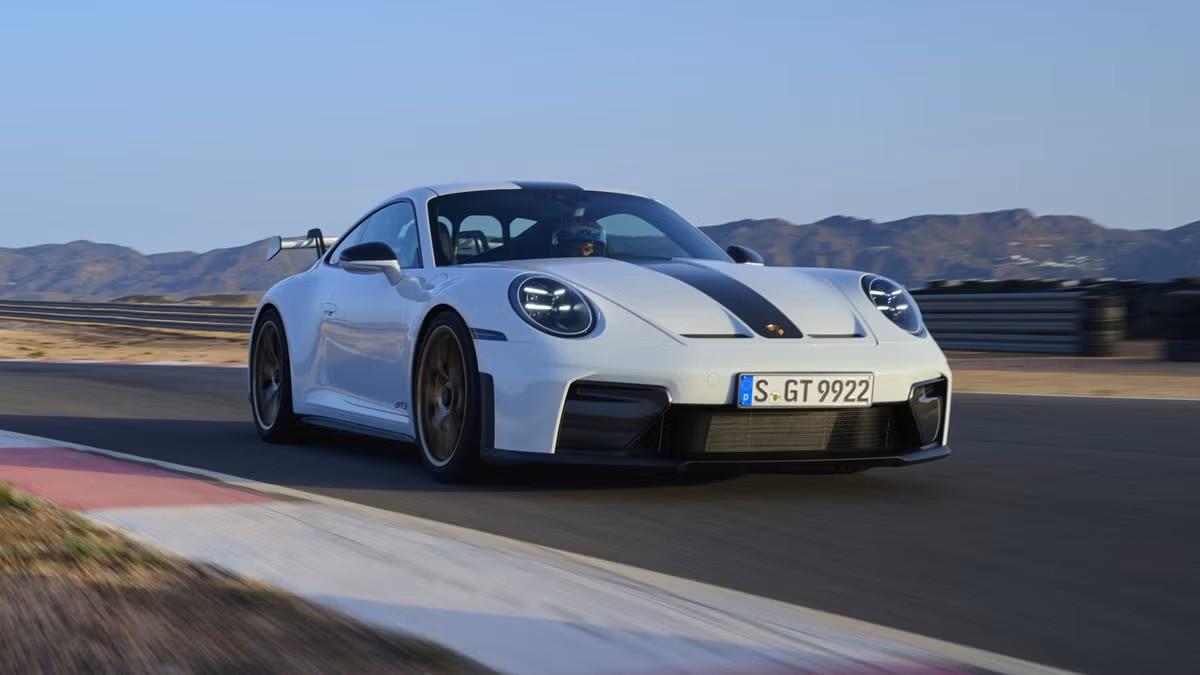
Another factor contributing to favorable insurance terms is the GT3’s owner demographic. Typically purchased by experienced enthusiasts with clean driving records and multiple vehicles, insurers can offer better rates knowing the car won’t serve as daily transportation and will likely be meticulously maintained.
Many owners store these vehicles in secure facilities and implement advanced security measures, further reducing risk profiles.
Insurance companies also recognize that GT3 owners often participate in manufacturer-sponsored driving schools and track instruction programs, demonstrating a commitment to a skilled, responsible operation that translates to fewer claims.
When bundled with other vehicles in a collection policy, the GT3 frequently qualifies for multi-vehicle discounts that can reduce portfolio insurance costs by 15-25%, making it one of the most insurance-friendly supercars available to collectors seeking both driving thrills and reasonable coverage expenses.
2. Audi R8
The Audi R8 stands as a remarkable example of a supercar that delivers favorable insurance terms without compromising on performance or prestige.
Built on a platform shared with the Lamborghini Huracán but featuring Audi’s renowned engineering and quality control, the R8 benefits from the reliability of German manufacturing combined with exotic car appeal.
Insurance underwriters recognize this dual nature, often classifying the R8 in a lower risk category than many of its Italian or British counterparts with similar performance specifications.
What particularly appeals to insurers is the R8’s sophisticated all-wheel-drive system and advanced driver assistance features. The Quattro technology provides exceptional stability and traction in various driving conditions, substantially reducing accident risks compared to rear-wheel-drive alternatives.
Statistical data shows R8 owners file fewer claims for weather-related incidents and loss of control accidents, translating directly to lower actuarial risk assessments and consequently, reduced premiums.
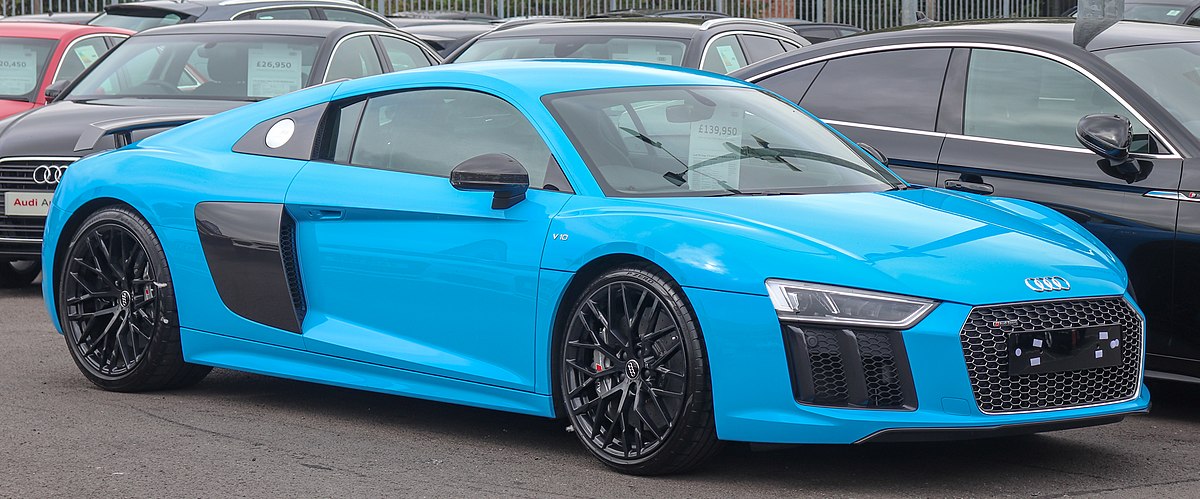
The R8’s serviceability presents another significant advantage in the insurance market. Unlike more exotic marques that require specialized technicians or factory service for routine maintenance, the R8 can be serviced at many Audi dealerships nationwide.
This broader service network means faster repairs, more competitive labor rates, and better parts availability all factors that reduce claim costs and claim duration for insurers. The modular design of certain components also means that not every repair requires expensive specialized parts, further reducing the average claim value.
Collector car insurance specialists particularly appreciate the R8’s consistent valuation history. While many supercars experience dramatic depreciation curves, the R8 especially limited editions like the V10 Plus and RWS variants have demonstrated relatively stable values.
This predictability allows insurers to offer agreed-value policies with greater confidence, often resulting in premium savings of 20-30% compared to standard market valuation policies.
When incorporated into a collection policy alongside other vehicles, the R8 frequently qualifies for bundling discounts while adding minimal risk exposure to the portfolio, making it an insurance-smart addition to any discerning collector’s garage.
3. Acura NSX (Second Generation)
The second-generation Acura NSX presents a compelling case for collectors seeking supercar thrills coupled with surprisingly reasonable insurance costs.
As a technological tour de force featuring a hybrid powertrain with three electric motors complementing its twin-turbocharged V6 engine, the NSX might initially seem like an insurance underwriter’s nightmare.
However, several factors converge to make it one of the more affordable supercars to insure, particularly for collectors. First and foremost, the NSX benefits from Honda/Acura’s sterling reputation for reliability.
Insurance actuaries recognize that despite its exotic specification and near-600 horsepower output, the NSX incorporates Honda’s proven engineering philosophy and quality control standards.
Historical data indicates a lower frequency of mechanical failures compared to European rivals, translating directly to fewer claims for technical malfunctions and subsequent accidents.
The vehicle’s advanced safety systems play a crucial role in its favorable insurance profile. The NSX comes equipped with a comprehensive suite of driver assistance technologies, including collision mitigation braking, adaptive cruise control, and a multi-angle rearview camera.
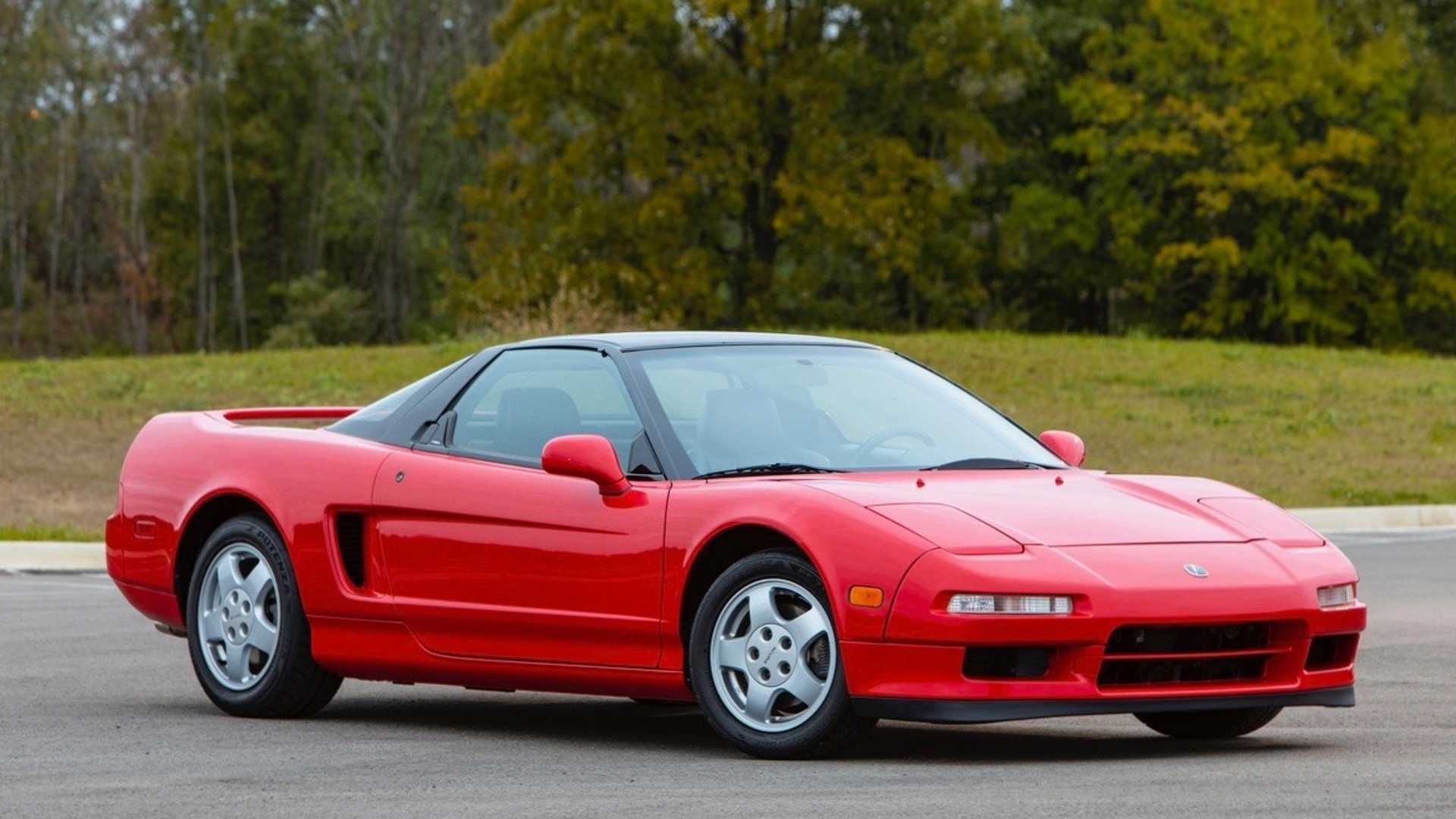
More importantly, its SH-AWD (Super Handling All-Wheel Drive) system provides exceptional stability and traction, significantly reducing the risk of loss-of-control accidents that plague many high-performance vehicles.
For collectors specifically, specialized insurers appreciate the NSX’s relatively straightforward repairability compared to more exotic alternatives.
While still requiring dealer service, the standardized parts supply chain through Honda’s global network means reduced wait times and more predictable repair costs.
The vehicle’s aluminum-intensive space frame is designed with replaceable crash structures that minimize repair costs in minor incidents, a feature that doesn’t go unnoticed by insurance underwriters.
Collector car insurance providers typically offer significant discounts for the NSX when included in multi-vehicle policies, often reducing premiums by 25-30% compared to standard insurance.
With agreed-value policies that recognize the NSX’s stable depreciation curve and limited-use discounts for cars driven under 5,000 miles annually, collectors can often secure comprehensive coverage for an NSX at rates substantially lower than comparable European supercars.
This combination of performance, technology, and insurance-friendly attributes makes the second-generation NSX an astute addition to any performance car collection.
4. Chevrolet Corvette Z06
The Chevrolet Corvette Z06 represents perhaps the most insurance-friendly high-performance sports car available to collectors, offering supercar-level performance with insurance premiums that can be surprisingly reasonable.
As the track-focused variant of America’s iconic sports car, the Z06 delivers formidable specifications including a flat-plane crank V8 producing over 650 horsepower in recent generations yet benefits from several factors that significantly reduce insurance costs compared to exotic European alternatives.
Primary among these advantages is the Corvette’s vast dealer network and parts ecosystem.
With Chevrolet dealerships throughout North America and a robust aftermarket support system, insurers recognize that repair costs and timelines for the Z06 are substantially more predictable and economical than for limited-production exotics.
Even specialized components like carbon-ceramic brakes and carbon fiber body elements are more readily available and competitively priced than comparable parts for European marques.
Insurance underwriters particularly appreciate the Z06’s construction methodology. Despite its exotic performance credentials, the vehicle utilizes standardized GM parts in many systems, allowing for more cost-effective repairs when incidents don’t affect specialized components.
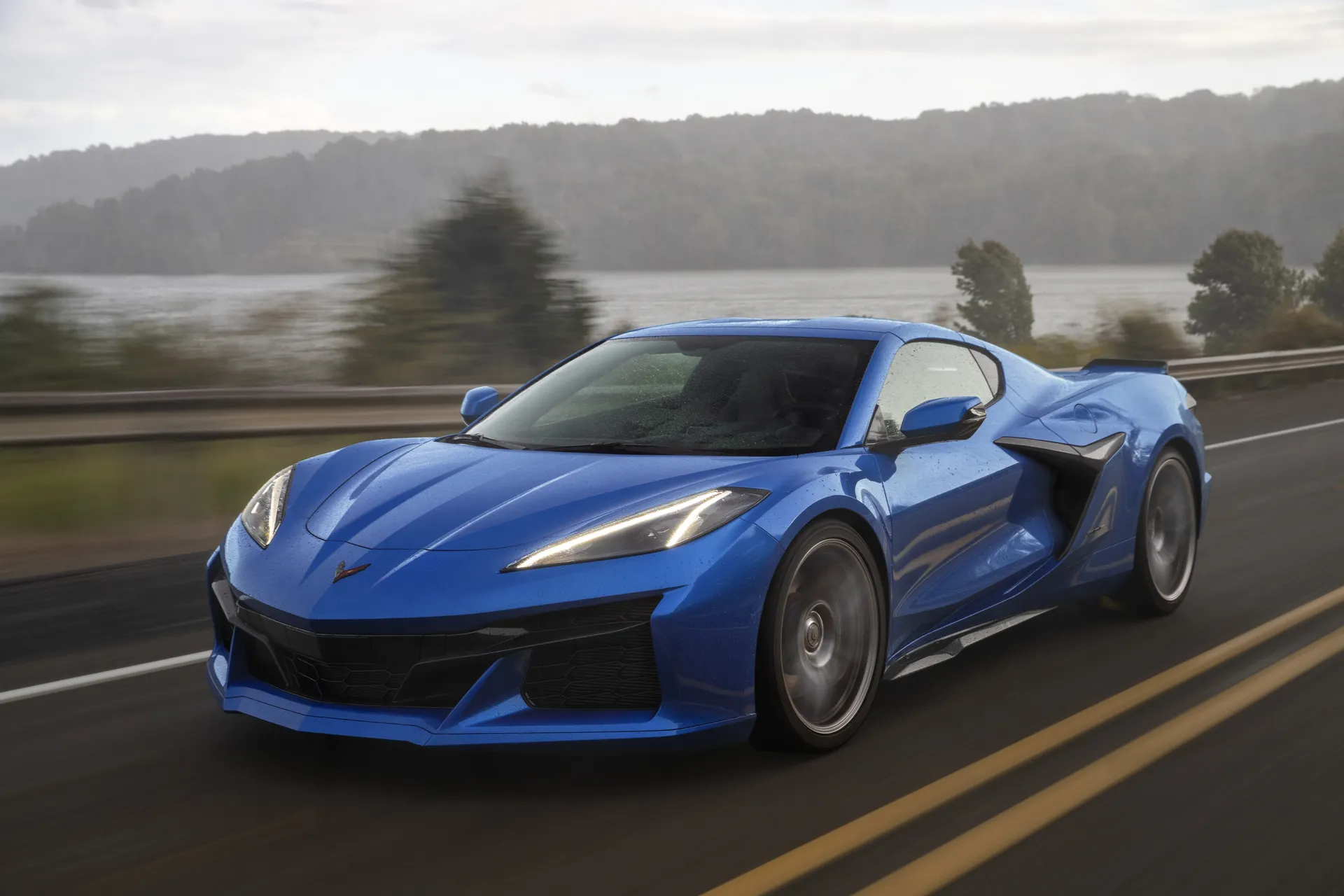
The modular design philosophy means that damage can often be addressed by replacing specific sections rather than entire assemblies, significantly reducing claim costs for minor to moderate incidents.
For collectors specifically, the Z06 offers remarkable insurance value when placed on specialized collector policies. Given its American heritage and production volumes, parts obsolescence a significant concern with exotic vehicles is virtually eliminated.
Agreed-value policies typically value the Z06 fairly, and limited-use discounts can reduce premiums by 40-60% compared to daily-driver policies. Furthermore, the Z06’s strong theft recovery systems and relatively low theft rates contribute to more favorable comprehensive coverage costs.
Perhaps most significantly, actuarial data demonstrates that Z06 owners typically maintain their vehicles meticulously and drive them responsibly despite the car’s performance capabilities.
Many owners participate in high-performance driving courses or track day instruction programs, demonstrating a commitment to a skilled operation that insurers reward with preferential rates.
When bundled within a collection policy alongside other vehicles, the Z06 frequently qualifies for substantial multi-vehicle discounts while adding minimal risk to the portfolio, making it an exceptionally insurance-efficient way to enjoy supercar performance without the corresponding insurance burden.
Also Read: 12 Classic Cars That Are Popular for DIY Restorations
5. Nissan GT-R NISMO
The Nissan GT-R NISMO represents a fascinating anomaly in the supercar insurance world, offering collectors a vehicle with extraordinary performance credentials paired with insurance costs that often undercut similarly capable European exotics by 30-40%.
As the most track-focused version of Nissan’s technological tour de force, the NISMO delivers supercar-humbling performance statistics, yet several factors contribute to its surprisingly favorable insurance profile, particularly for collectors seeking agreed-value policies.
Perhaps most significant is the GT-R’s legendary reliability record. Despite pushing the boundaries of performance with its hand-built twin-turbocharged V6 engine producing upwards of 600 horsepower, the GT-R platform has demonstrated remarkable mechanical durability.
Insurance actuaries have access to years of claims data showing lower-than-expected mechanical failure rates, reducing the risk assessment for technical breakdown-related accidents that often plague exotic vehicles with complex powertrains.
The GT-R NISMO’s advanced all-wheel-drive system and sophisticated vehicle dynamics controls provide another insurance advantage.
The ATTESA E-TS system can distribute torque with millisecond precision, while the integrated stability control and yaw management systems significantly reduce loss-of-control incidents even in adverse conditions.
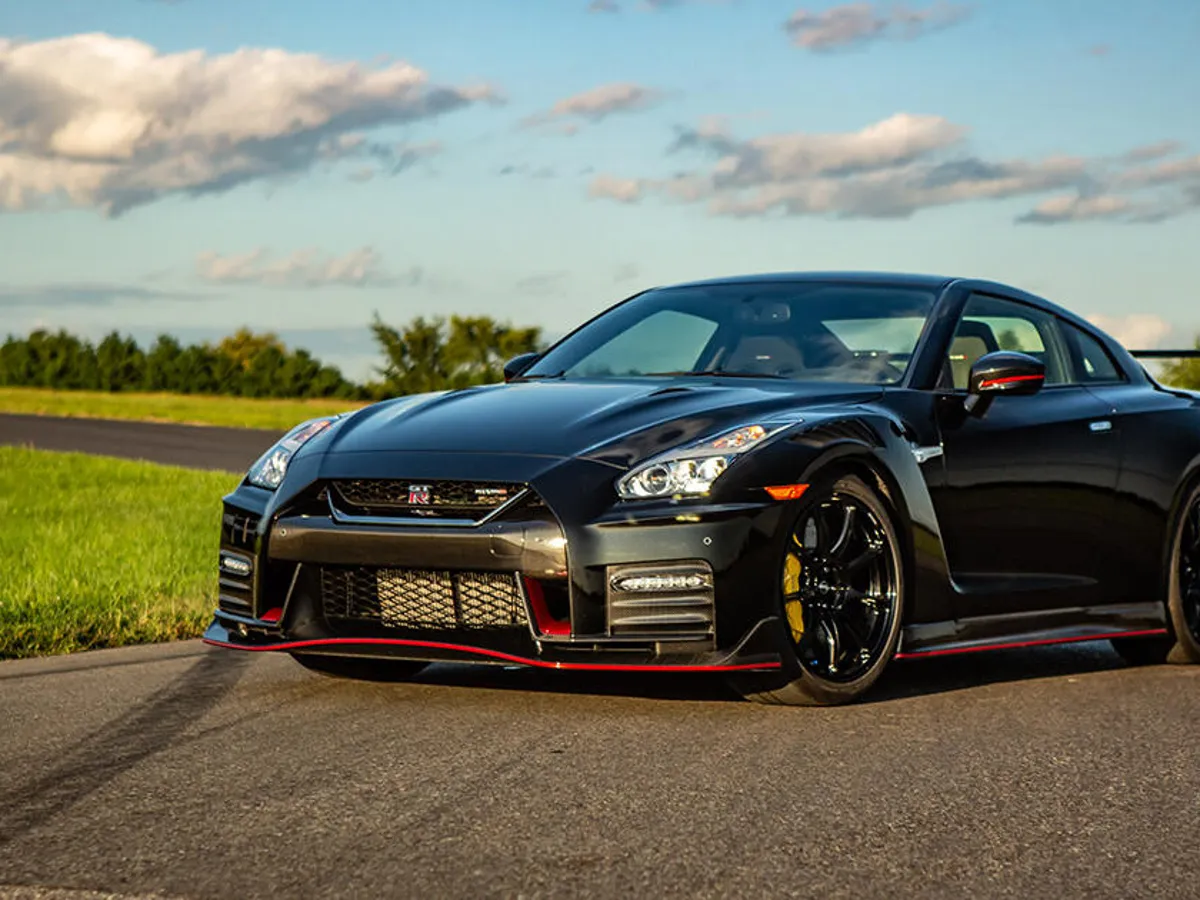
Statistical evidence indicates GT-R owners file fewer claims related to single-vehicle accidents than owners of rear-wheel-drive supercars with similar power outputs.
From a repairs perspective, the GT-R NISMO benefits from Nissan’s global parts network, even though many components are specialized.
While NISMO-specific parts command premium prices, the underlying vehicle architecture allows for more standardized repair procedures than many exotic alternatives.
Specialized GT-R certified technicians are more widely available than factory-trained mechanics for ultra-exclusive marques, reducing repair timelines and labor costs that directly impact insurance premiums.
For collectors specifically, the GT-R NISMO’s established valuation history allows insurers to offer agreed-value policies with confidence.
Unlike some supercars that experience dramatic depreciation, the NISMO variants have shown remarkably stable values and even appreciation for certain model years.
Collector-specific insurers typically offer substantial discounts for limited annual mileage usage patterns and secured storage requirements that most collectors already implement.
When included in a multi-vehicle collection policy, the GT-R NISMO often qualifies for portfolio discounts while adding minimal actuarial risk compared to more exotic alternatives delivering similar performance.
This combination of technological sophistication, proven reliability, and reasonable repair pathways makes the GT-R NISMO an insurance-savvy addition to performance-focused collections seeking maximum capability with manageable overhead costs.
6. Lotus Emira
The Lotus Emira represents a sweet spot in the collector supercar insurance market, offering favorable rates that belie its exotic appearance and performance capabilities.
As Lotus’s final combustion-engine sports car before transitioning to electrification, the Emira combines traditional Lotus handling prowess with more practical ownership considerations than previous models, creating a confluence of factors that insurance companies find attractive despite its supercar credentials.
Primary among these insurance-friendly attributes is Emira’s powertrain sourcing. Utilizing either the Toyota-sourced 3.5-liter V6 or the AMG-derived 2.0-liter turbocharged four-cylinder, the Emira benefits from proven, mainstream engine technology with established reliability records.
Insurance underwriters recognize these powerplants have extensive service histories and parts networks, reducing the risk of expensive, prolonged repairs that plague more exotic, low-volume engines. This part’s commonality translates directly to lower actuarial risk assessments for mechanical failure claims.
Emira’s construction methodology also contributes to its favorable insurance profile. While utilizing advanced bonded aluminum chassis technology, the modular design allows for more straightforward repair procedures than carbon-intensive monocoques found in more expensive alternatives.
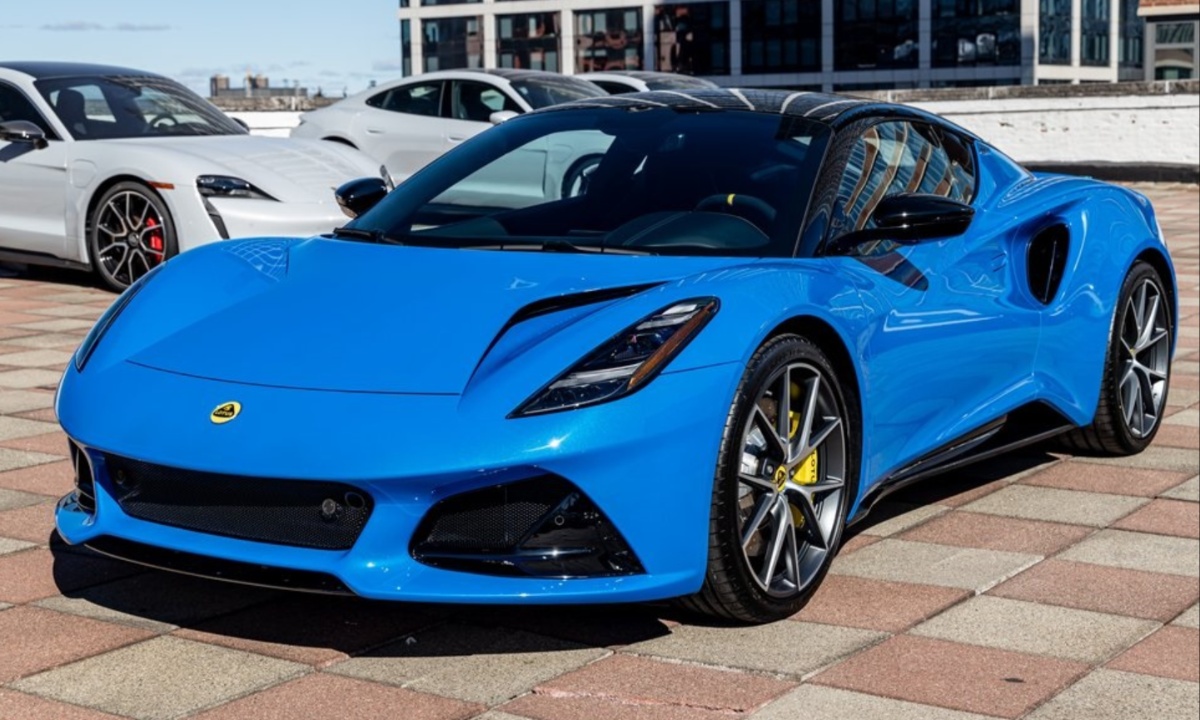
Body panels are designed with repairability in mind, often allowing for sectional replacement rather than complete assembly substitution, significantly reducing costs for minor to moderate damage incidents.
For collectors specifically, the Emira benefits from Lotus’s increasing dealer network under Geely ownership, addressing a historical pain point for insuring previous Lotus models.
More service points mean faster repairs and reduced claim durations, factors that directly impact premium calculations. Additionally, the Emira’s enhanced security features compared to earlier Lotus models have reduced theft risk assessments, leading to more competitive comprehensive coverage rates.
Specialized collector insurance providers particularly appreciate Emira’s limited production numbers combined with mainstream mechanical components.
This combination creates a vehicle likely to maintain stable values or appreciate especially limited editions and final production examples while avoiding the parts obsolescence concerns that can make insurers wary of exotic vehicles.
When included in multi-vehicle policies, the Emira often qualifies for portfolio discounts of 15-25%, making it an insurance-efficient addition to collections that still delivers authentic supercar driving dynamics and exclusivity without the corresponding insurance burden that typically accompanies vehicles of similar capability and visual impact.
7. McLaren GT
The McLaren GT presents a compelling insurance proposition for collectors, offering more favorable rates than might be expected from a vehicle bearing the McLaren badge.
As the grand touring variant in McLaren’s lineup, the GT was specifically designed to be more usable and accessible than the company’s more track-focused models, and these design considerations translate directly to insurance advantages that astute collectors can leverage.
Insurance underwriters particularly appreciate the GT’s construction methodology. Built around McLaren’s carbon fiber MonoCell II-T monocoque, the GT benefits from exceptional structural rigidity that provides superior occupant protection in accidents.
Unlike some carbon-intensive vehicles, however, the GT features more conventional body panels and crash structures designed with repairability in mind.
The front and rear aluminum subframes can be replaced individually rather than requiring full chassis repair, significantly reducing costs for minor to moderate collision damage that would total other exotic vehicles.
Another insurance advantage stems from the GT’s powertrain specification. While still utilizing a twin-turbocharged V8 developing substantial power, the 4.0-liter engine is tuned for broader usability with more progressive power delivery than McLaren’s more aggressive models.
Statistical data indicates this results in fewer loss-of-control incidents compared to higher-strung alternatives, directly impacting risk assessment calculations.
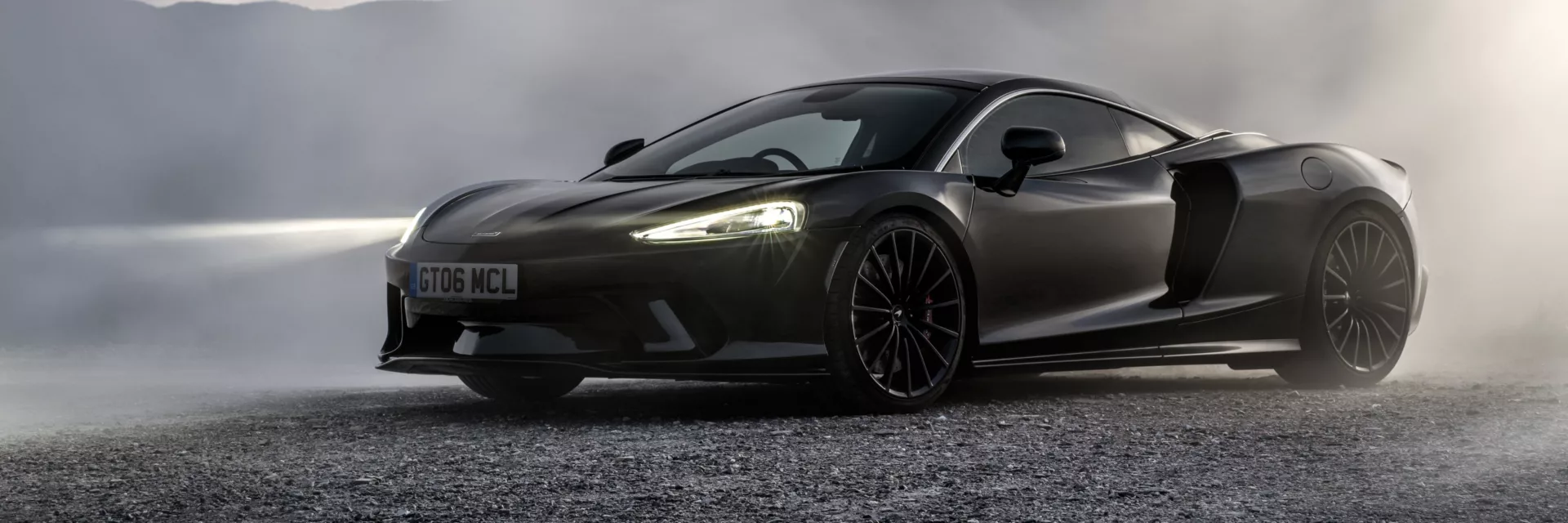
Additionally, McLaren’s expanding global service network has improved parts availability and repair timelines, addressing historical concerns that led to higher premiums for earlier models.
For collectors specifically, specialized insurance providers offer particularly attractive terms for the GT when included in multi-vehicle policies.
The car’s grand touring focus means it’s more likely to be driven regularly but responsibly, a usage pattern that correlates with better maintenance and fewer stress-related mechanical failures.
Limited-mileage policies can reduce premiums by 30-40% compared to standard insurance, while agreed-value provisions ensure proper valuation that often exceeds market value for well-optioned or limited-edition examples.
Perhaps most significantly, the McLaren GT benefits from the company’s increasing focus on reliability and quality control.
Earlier McLaren models developed reputations for electronic glitches and mechanical issues that inflated insurance risk assessments, but the GT incorporates numerous refinements and engineering improvements that have demonstrably reduced warranty claims and mechanical failure rates.
Insurance actuaries have recognized this progress, gradually adjusting risk profiles to reflect the GT’s improved reliability metrics compared to both earlier McLarens and contemporary competitors.
This convergence of factors makes the McLaren GT one of the more insurance-friendly true exotic vehicles available to collectors seeking supercar prestige with more manageable ownership costs.
8. Ferrari Roma
The Ferrari Roma occupies a uniquely favorable position in the collector car insurance world, offering more reasonable premiums than typically associated with the prancing horse badge.
As Ferrari’s entry-level grand tourer, the Roma was conceived as a more accessible and usable Ferrari, and these design considerations extend beyond the driving experience to create insurance advantages that benefit collectors.
Insurance underwriters recognize several key attributes that distinguish the Roma from other Ferraris. Foremost is its positioning as a practical GT car rather than an extreme performance flagship.
The Roma’s twin-turbocharged V8 produces impressive but manageable power figures, and the vehicle’s chassis is tuned for balanced handling rather than track-focused aggression.
Statistical evidence indicates this results in fewer high-speed incidents and loss-of-control accidents compared to more powerful Ferrari models, directly reducing actuarial risk assessments that determine premium calculations.
The Roma’s construction methodology also contributes to its insurance-friendly profile. Unlike the carbon-intensive build of Ferrari’s more exotic offerings, the Roma utilizes a more conventional aluminum space frame with strategic reinforcements.
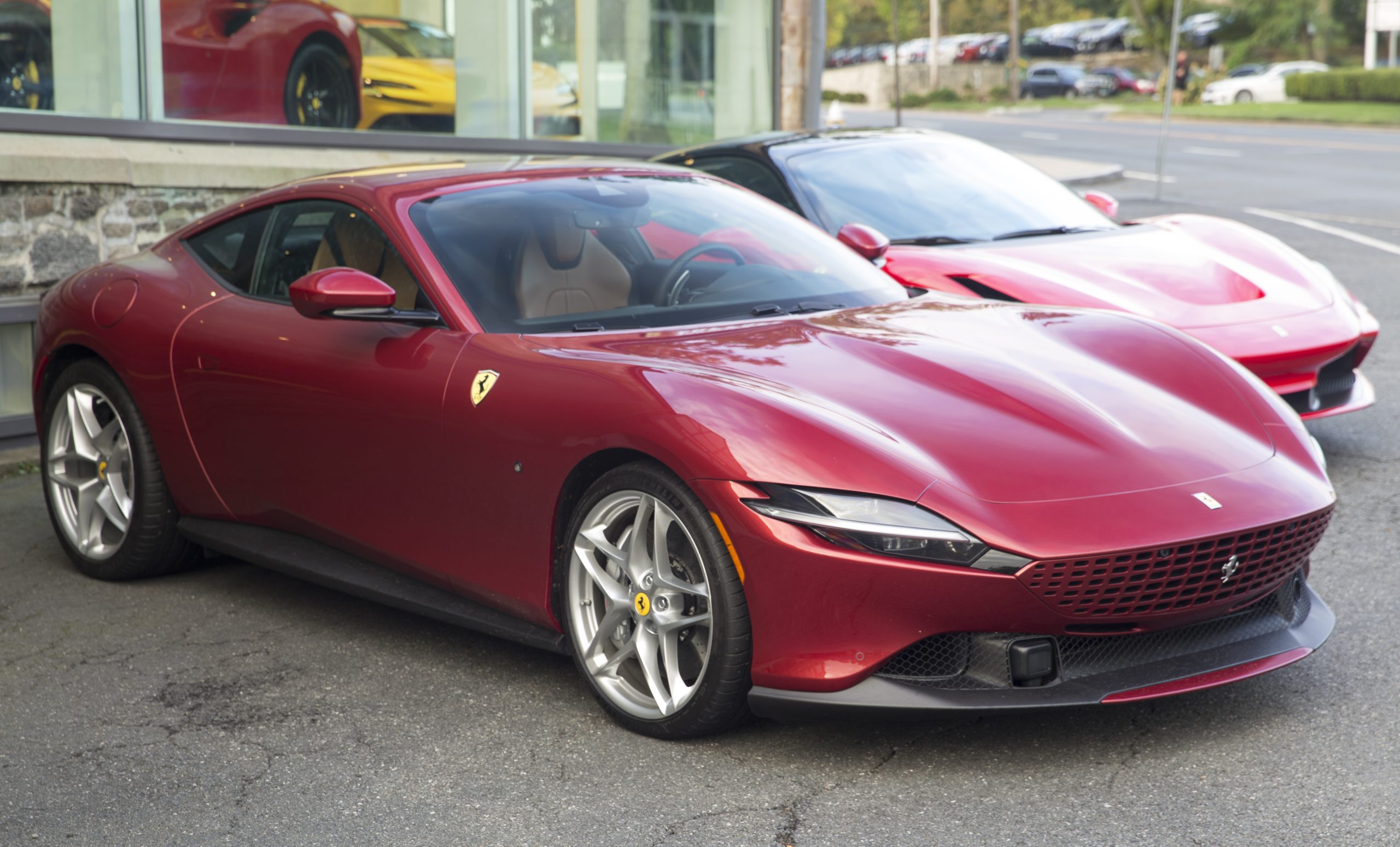
This design philosophy prioritizes repairability, allowing damaged sections to be addressed individually rather than requiring comprehensive structural repairs.
The front and rear crash structures are designed to absorb impact energy while protecting the more expensive core chassis, significantly reducing repair costs in minor to moderate collisions.
For collectors specifically, the Roma benefits substantially from Ferrari’s improving reliability record and expanding service network. The vehicle incorporates proven mechanical components from the Ferrari parts bin, reducing the risk of exotic, low-production part failures that can lead to extended repair timelines.
Ferrari’s comprehensive maintenance programs and detailed service records also provide insurers with documentation that supports favorable risk assessments for mechanical breakdown-related claims.
Perhaps most significantly for collection insurance, the Roma fits perfectly into specialized agreed-value policies. Ferrari’s careful management of production numbers and the Roma’s anticipated place in the marque’s lineage as one of the last pure internal combustion engine models suggest stable long-term values.
Collector-specific insurers typically offer substantial discounts often 40-50% compared to standard policies for limited annual mileage and secured storage requirements that most Ferrari owners already implement.
When included in multi-vehicle collection policies, the Roma often qualifies for portfolio discounts while adding minimal actuarial risk compared to more extreme supercars.
This combination of prestige, performance, and practical insurance considerations makes the Roma an exceptionally shrewd addition to collections seeking Ferrari ownership with more manageable insurance overhead than traditionally associated with the Italian marque.
9. Maserati MC20
The Maserati MC20 represents one of the most insurance-friendly mid-engine supercars available to collectors, offering favorable rates that contrast with its exotic specification and performance capabilities.
As Maserati’s re-entry into the true supercar market, the MC20 was developed with a focus on usability alongside performance a philosophy that extends to insurance considerations that benefit owners and collectors.
Insurance underwriters particularly value the MC20’s construction approach. Unlike many exotic alternatives that utilize complex carbon monocoques with limited repairability, the MC20 employs a carbon fiber and aluminum composite structure with modular design principles.
Crash structures are designed to be replaced individually, and body panels are segmented to allow sectional repairs rather than complete replacements. This design philosophy significantly reduces repair costs for minor to moderate damage incidents, directly impacting insurance premium calculations.
The MC20’s powertrain represents another insurance advantage. While the Nettuno 3.0-liter twin-turbocharged V6 delivers over 600 horsepower, its architecture shares some design elements with more mainstream engines in the Stellantis group.
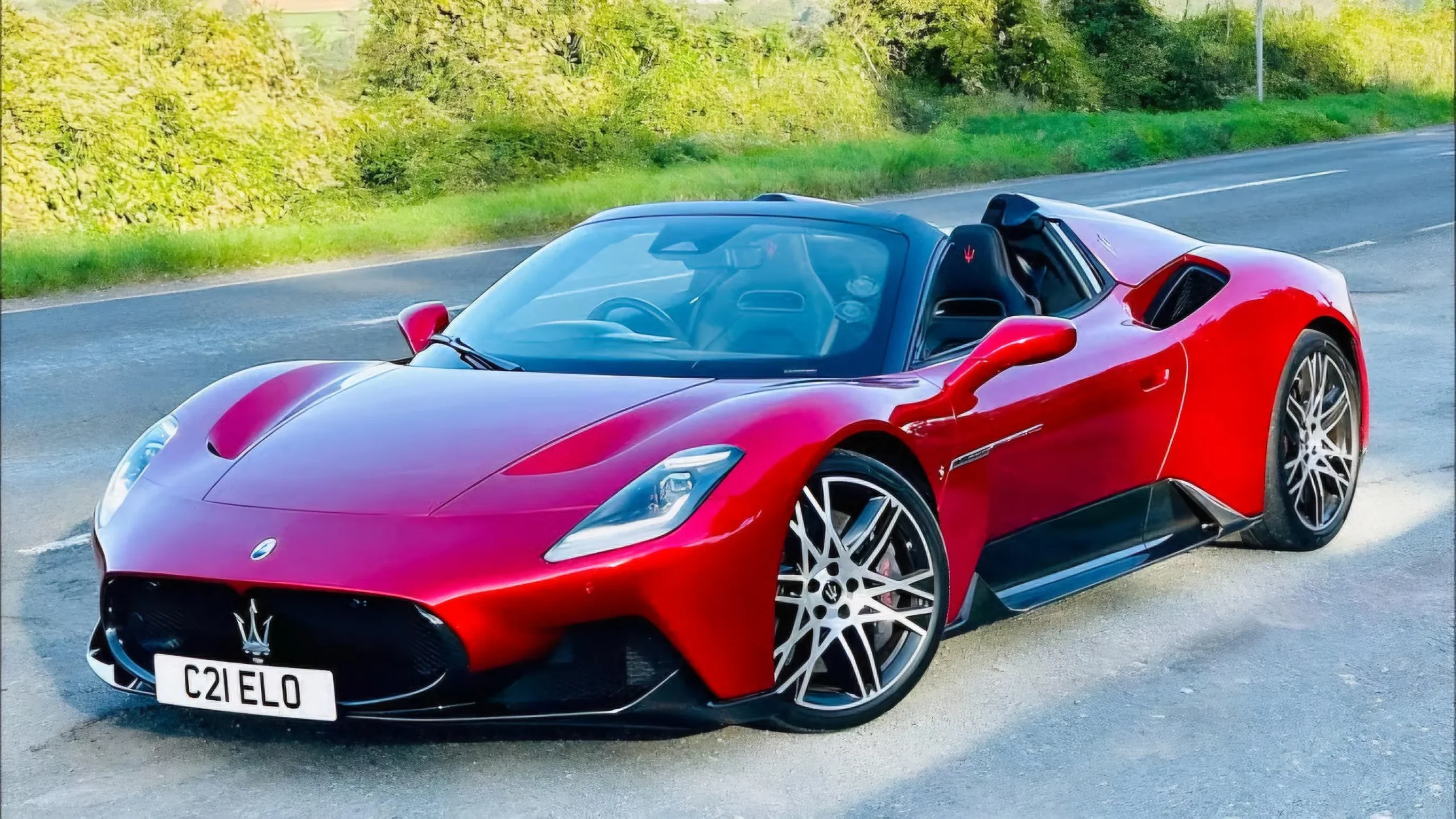
This connection to a larger automotive conglomerate means more established supply chains and repair networks than ultra-exclusive, bespoke engines found in some competitors.
Insurance actuaries recognize this as reducing the risk of extended repair timelines and parts availability issues that plague more exotic alternatives.
For collectors specifically, specialized insurers appreciate Maserati’s expanding dealer network and improved service infrastructure.
Unlike limited-production boutique manufacturers, Maserati maintains a global service presence that can address mechanical issues promptly, reducing claim durations and subsequent costs.
The MC20’s advanced diagnostics systems also facilitate precise troubleshooting, minimizing unnecessary component replacements that can inflate repair invoices.
Perhaps most significantly for collection insurance considerations, the MC20 occupies a unique market position that supports stable valuation.
As Maserati’s halo product and a limited-production model with historical significance in the brand’s trajectory, the MC20 is anticipated to maintain strong residual values, particularly for early examples and special editions.
This valuation stability allows specialized collector insurers to offer agreed-value policies with confidence, typically providing premium reductions of 30-40% compared to standard market value policies.
When incorporated into multi-vehicle collection policies, the MC20 frequently qualifies for substantial portfolio discounts while adding minimal actuarial risk compared to more extreme or mechanically complex alternatives.
This combination of exotic appeal, reasonable repairability, and established manufacturer support makes the Maserati MC20 an insurance-efficient entry point into the mid-engine supercar segment for collectors seeking to balance exclusivity with pragmatic ownership considerations.
10. Lexus LFA
The Lexus LFA, despite its decade-plus age, remains one of the most insurance-friendly true collector supercars available.
This seemingly counterintuitive position for what was once Toyota’s cost-no-object flagship stems from several unique factors that converge to create favorable insurance terms unavailable to most vehicles of comparable performance and exclusivity.
Insurance underwriters particularly value the LFA’s construction quality and engineering obsession. Built during an era when Toyota pursued technical perfection regardless of cost, the LFA benefits from exceptional build integrity and component durability.
Despite its carbon fiber-intensive construction including a specialized circular loom carbon process developed specifically for the model—the vehicle has demonstrated remarkable long-term durability.
Statistical evidence from the existing fleet shows exceptionally low mechanical failure rates despite many examples now approaching fifteen years of age, directly reducing actuarial risk assessments for mechanical breakdown-related incidents.
For collectors, perhaps the most significant insurance advantage stems from the LFA’s established position in the market. With only 500 examples produced worldwide, the model has completed its depreciation curve and entered a phase of stable appreciation.
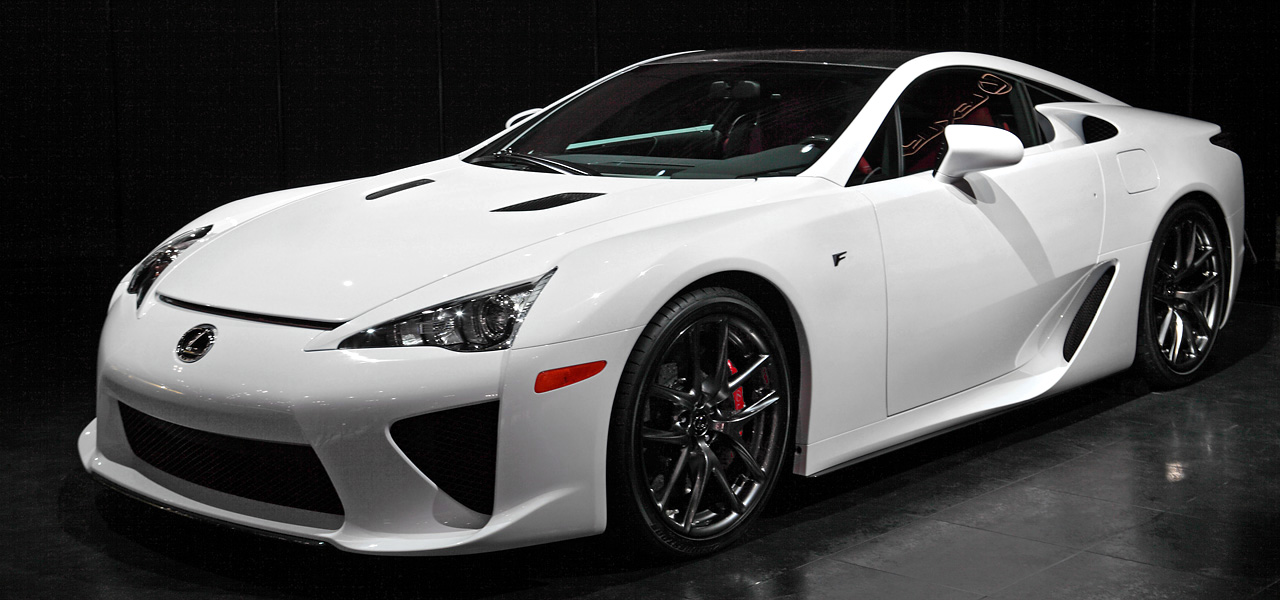
This market clarity allows specialized collector insurers to offer agreed-value policies with complete confidence, typically valuing vehicles appropriately at current market levels that substantially exceed the original MSRP.
Since valuation uncertainty represents a major factor in premium calculations for exotic vehicles, this stability translates directly to more favorable rates.
The LFA also benefits from Toyota/Lexus’s commitment to long-term parts support. Unlike some limited-production exotics that face parts obsolescence within a decade, Toyota continues to manufacture and stock critical LFA components, addressing one of the primary concerns insurers have with aging exotic vehicles.
This parts commitment extends to the specialized Yamaha-developed V10 engine, reducing the risk of mechanical total-loss scenarios that plague other exotic vehicles when engines require replacement beyond their production lifecycle.
Specialized collector insurance providers typically offer substantial discounts for the LFA when included in multi-vehicle policies.
Given its established collector status, most examples now qualify for limited-use policies with annual mileage restrictions that can reduce premiums by 50-60% compared to standard insurance.
The vehicle’s advanced security systems and the highly visible nature of the model (making theft impractical) contribute to particularly favorable comprehensive coverage rates.
Perhaps most remarkably, the LFA’s insurance-friendly attributes have improved with age rather than deteriorated.
As the model transitions from “modern exotic” to “emerging classic” status, it increasingly qualifies for specialized classic vehicle policies that offer comprehensive coverage at a fraction of standard premium costs while still recognizing the vehicle’s substantial market value.
This rare combination of mechanical reliability, parts availability, market clarity, and collector status makes the Lexus LFA perhaps the most insurance-efficient way to own a truly exotic, limited-production supercar with genuine collector appeal and investment potential.
Also Read: 10 Budget Sports Cars Perfect for Custom Modifications

